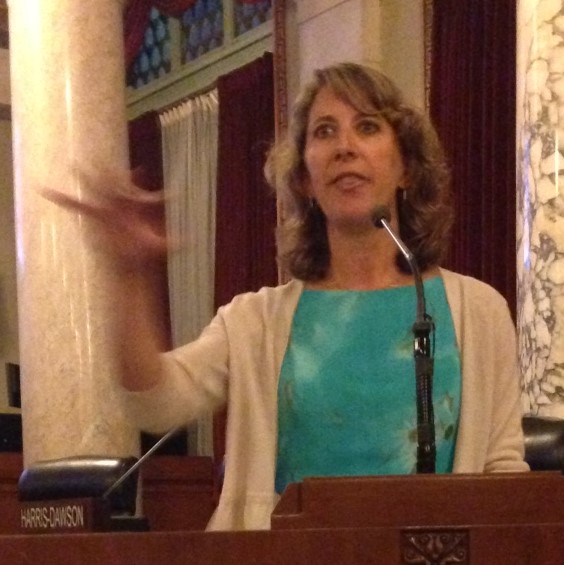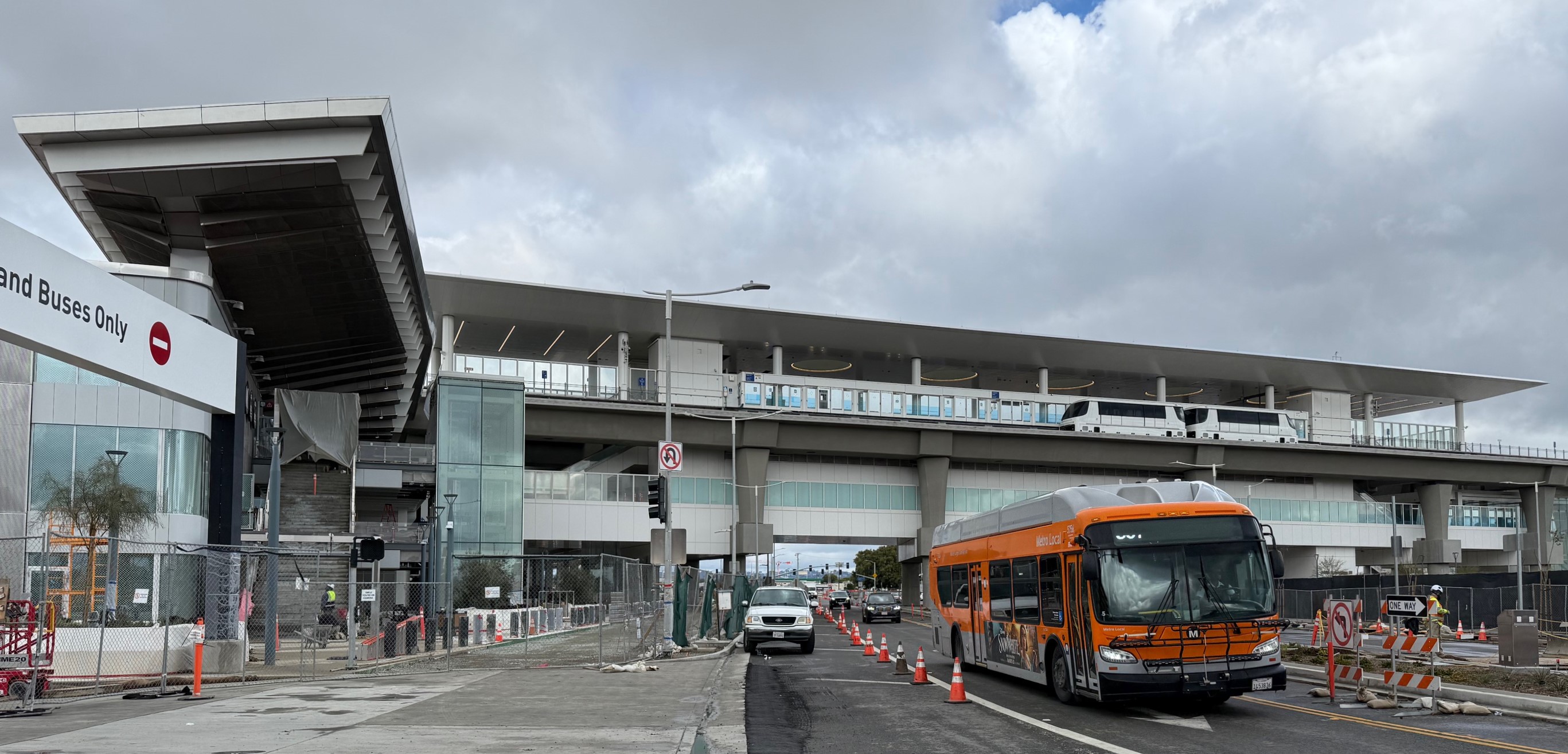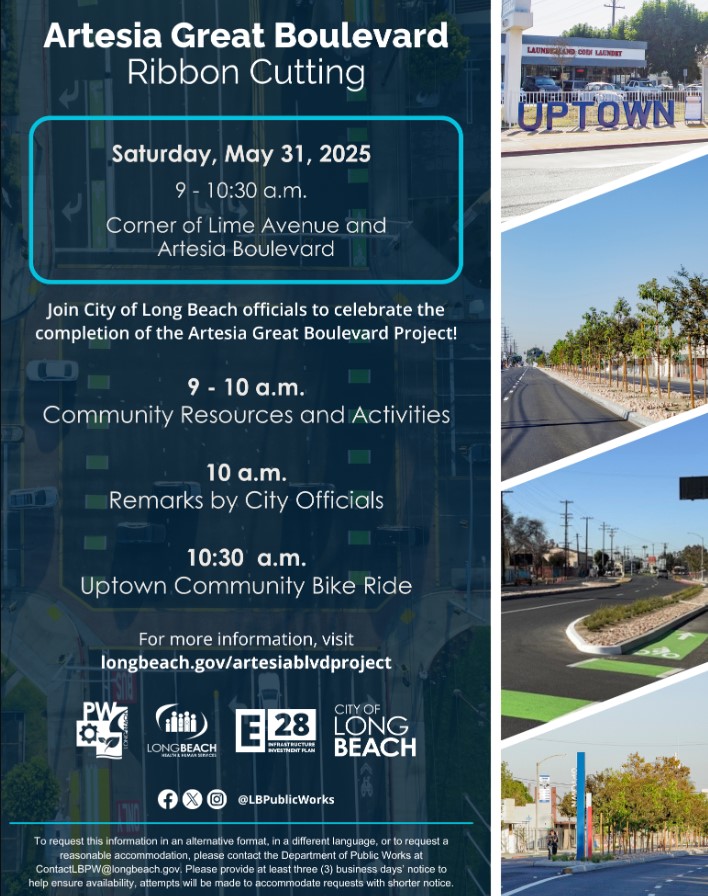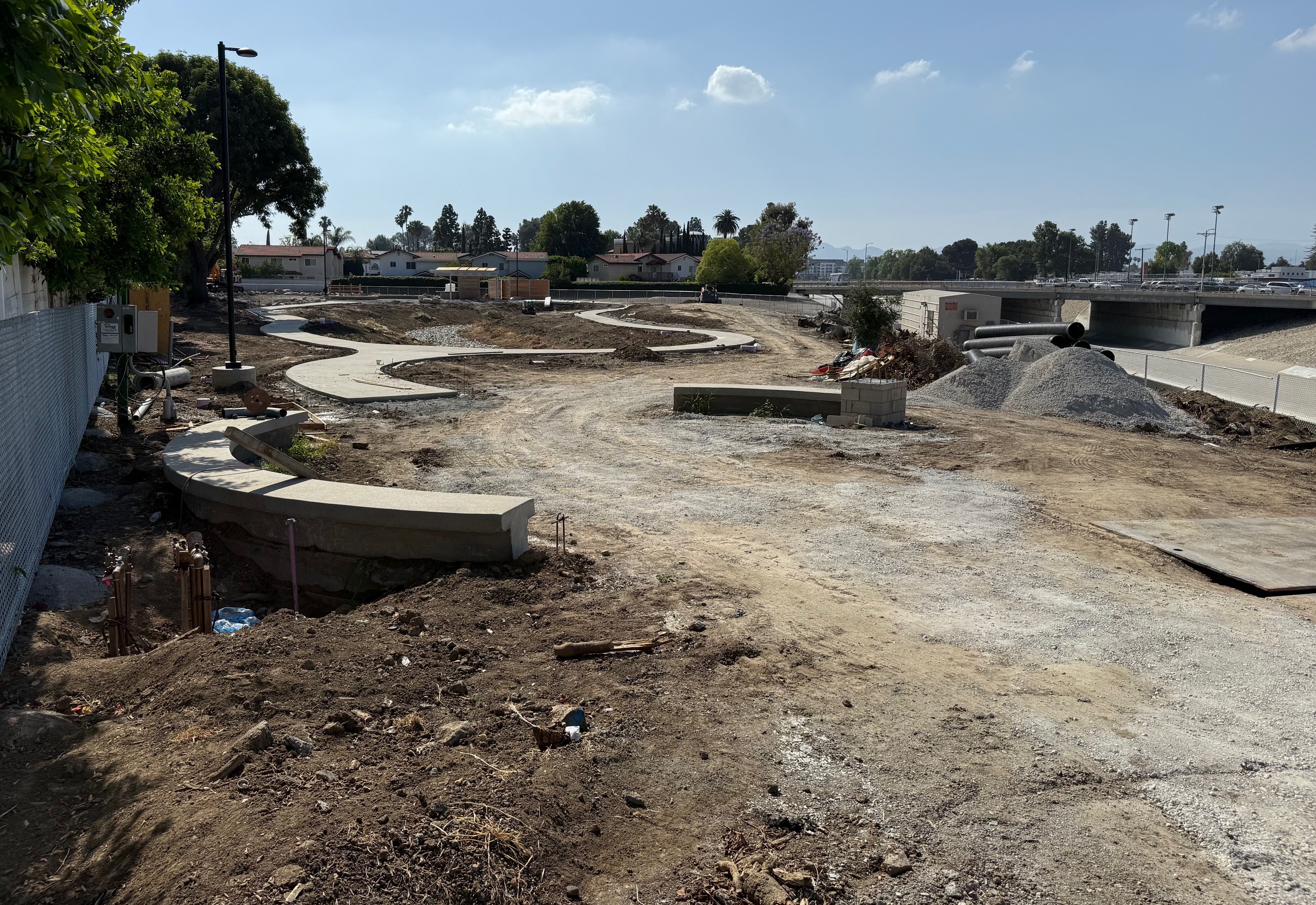
Last night, the city of Los Angeles welcomed national safe streets advocate Leah Shahum at a forum discussing what Vision Zero will mean for Los Angeles.
For the uninitiated, Vision Zero is a road safety policy that adopts the goal of zero traffic deaths. That zero applies to everyone: people walking, driving, riding, etc. Vision Zero stems from the principle that traffic deaths are preventable and unacceptable.
The concept originated in Sweden in the 1990s and has spread to many cities in the United States. When the City Council approved Mobility Plan 2035 last month, Los Angeles became the 9th U.S. city to adopt Vision Zero. The reach of L.A.'s Vision Zero policy was extended to all city departments by Mayor Eric Garcetti via a recent mayoral executive directive. Garcetti's directive mandates that numerous city departments work together with community groups to reduce L.A. traffic deaths to zero by 2025. The directive also includes an interim goal of reducing traffic deaths by 20 percent by 2017.
Yesterday's forum was introduced by livability champion Councilmember Jose Huizar, who sounded an optimistic note about changes underway in the city. After adoption of Vision Zero in the Mobility Plan, Huizar declared that new ways of thinking mean "no more pilots."
Leah Shahum heads the national non-profit Vision Zero Network. Below are some key points in her presentation:
- Traffic death numbers are enormous. In the U.S. every year, more than 30,000 people die "just trying to go somewhere." The rate of serious injuries is a hundred times that.
- Speed matters. Deaths increase as speeds increase (see graphic below.) Managing speed is the top priority for improving safety.
- In successful European examples, traffic deaths decreased even as the overall number of trips increased. Vision Zero is not about less travel or fewer trips, but about making all trips safe.
- Vision Zero takes a systems approach to safety. Safety is not about the individual driver's behavior, but about putting systems in place where inevitable individual errors do not result in loss of life.
- Shahum looks forward to the day when people will look back at today and wonder why we tolerated speeding. She expects that future generations will perceive speeding the way that people today think of drunk driving or smoking. Culture changes over time; things that seemed acceptable can become intolerable.
![In L.A., people walking and bicycling are over-represented in crash-related deaths and injuries. Image via LADOT Vision Zero report [PDF]](https://lede-admin.la.streetsblog.org/wp-content/uploads/sites/50/2015/09/VisionZeroModeSplit.jpg?w=710)
Shahum was followed by L.A. City Transportation Department (LADOT) General Manager Seleta Reynolds. In her remarks, Reynolds reiterated the importance of Vision Zero approach and emphasized the need to begin with the most vulnerable road users: people walking. In L.A., people walking and bicycling account for about 20 percent of commuters, but constitute nearly half of all traffic deaths. People on foot are 18 percent of trips, but 33 percent of fatalities and severe injuries. Reynolds stressed the need for low-cost street improvements, saying she urges "more Resedas, more CicLAvias, more [Cesar] Chavezes, more Broadways!"
A question and answer session followed, with Shahum, Reynolds, and TRUST South L.A.'s Malcolm Harris representing L.A.'s fledgling Vision Zero Alliance. Reynolds emphasized the need for "low-hanging fruit" solutions, including street projects (mentioned above), plus professional driver training, and possible implementation of automated speed enforcement (e.g. speed cameras).
![As driver speed increases, the chance of crash fatality increases dramatically. Graphic via LADOT Vision Zero Report [PDF]](https://lede-admin.la.streetsblog.org/wp-content/uploads/sites/50/2015/09/VisionZerospeedgraphic.jpg?w=710)
A number of questions focused on equity. Traffic deaths are more prevalent in low-income communities of color, but some Vision Zero tactics can include targeted law enforcement, especially to curb dangerous driver behavior, mainly speeding. Increased enforcement could worsen already strained relations between police and communities of color. All speakers emphasized the need to work with different communities to craft appropriate and effective safety measures.
Vision Zero is a relatively new concept in the U.S.; New York City adopted it first, nearly two years ago. It is very new for Los Angeles, where the emphasis has long been on increasing capacity for automobiles. Vision Zero can change the culture of how Angelenos get around, but it remains to be seen how implementation will take shape here.






